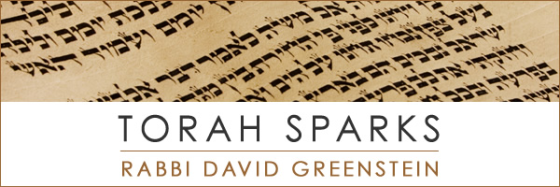Parashat T’tzaveh
Exodus 27:20 – 30:10
This portion describes the vestments that the priests would wear as they administered the rituals in the Tabernacle. The High Priest had garments that set him aside from the other priests. They wore a simple linen outfit. But he wore an ornate hat, a headband that said “Holy to God,” a special apron-like garment that had decorative bells on its hem, with a breastplate attached. The shoulder straps holding the apron and breastplate had two precious stones, engraved with the names of the Tribes of Israel. And the breastplate had twelve precious stones that also carried the names of the Tribes.
Why the redundancy? Why have the names engraved both on the shoulder gemstones and on the breastplate gemstones? One reason might be related to how the stones were worn and the directions to which the stones pointed. The shoulder gemstones weighed down on the High Priest’s shoulders – a reminder of his serious responsibility. But they also pointed upwards, to Heaven. They were a graphic reminder and appeal to God to care for the People of Israel.
The breastplate stones were fastened tightly to the High Priest’s chest. The Torah says, “Aaron (-the High Priest) shall carry the names of the Children of Israel in the breastplate on his heart as he enters the Holy Place, as a reminder before God, always.” (Exodus 28:29) But if the stones on his shoulders were placed to face upwards as a reminder to God, in what way were those stones that were on the High Priest’s chest – and which were pointed toward the human viewer – also a reminder to God?
The answer might be that these stones were meant to remind God of how much we humans care for each other. The High Priest held all the names of the Children of Israel close to his heart. He displayed them to others, as if to say: Behold how precious are the Children of Israel!
When he entered the Holy Place the High Priest could remind God to care for Israel only because he, himself, cared for them so much.
Shabbat Shalom
Rabbi David Greenstein
![]()
Subscribe to Rabbi Greenstein’s weekly d’var Torah
- Toby Stein: In Memoriam - Thu, Feb 8, 2024
- Faithfulness and Hope: Parashat Sh’lach - Thu, Jun 23, 2022
- Past Their Prime: Parashat B’ha`a lot’kha - Thu, Jun 16, 2022

